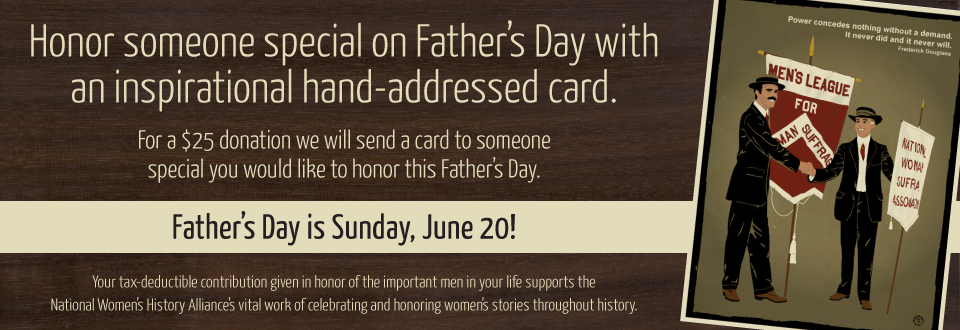How much do you know about the men who supported women’s rights?
Test your knowledge in our Suffragents Quiz!
(It’s a tough one. Be sure to check out the “i” for a hint!)
Visit the Suffragents page for more info about some of the men who worked for women’s rights throughout history.

